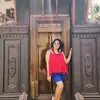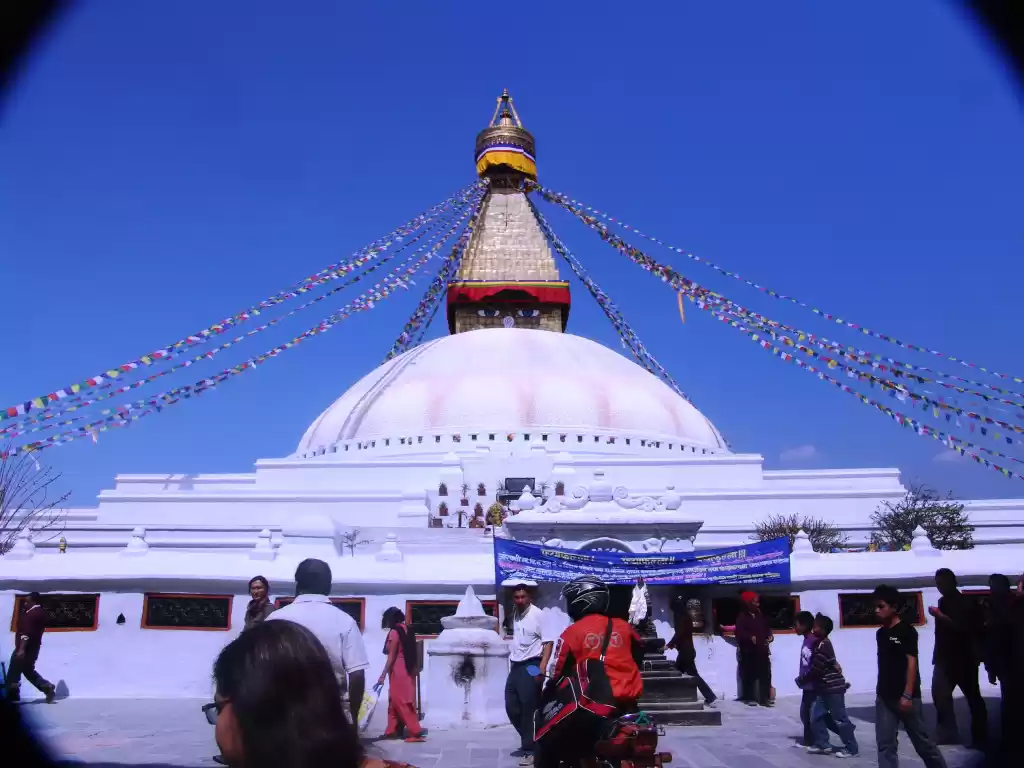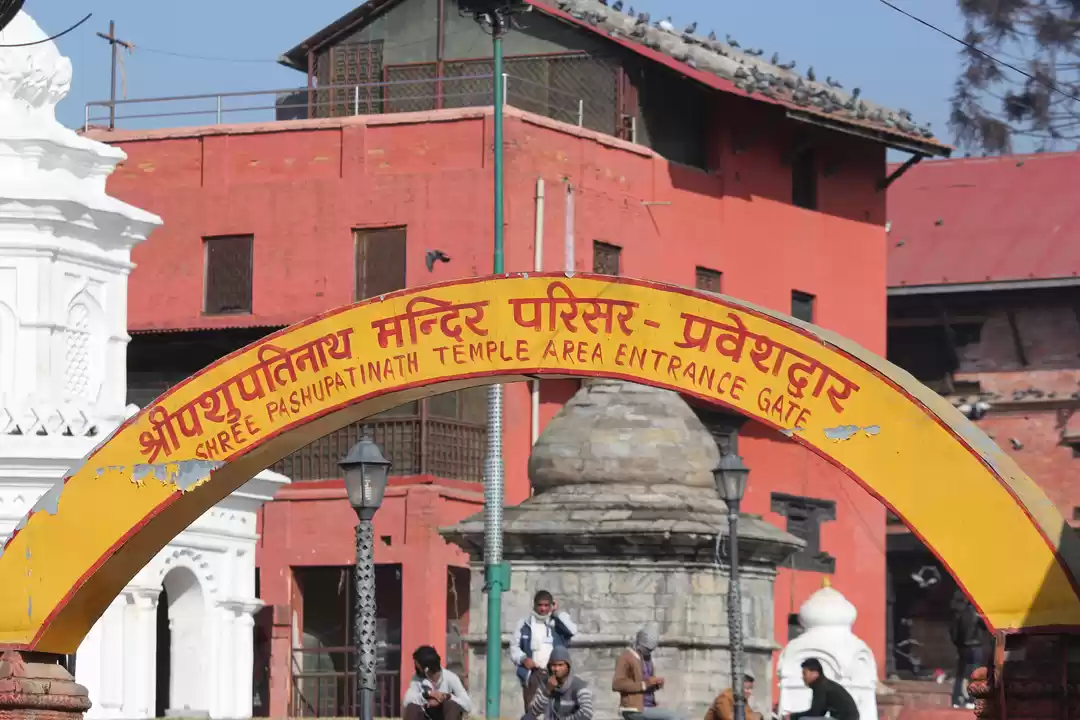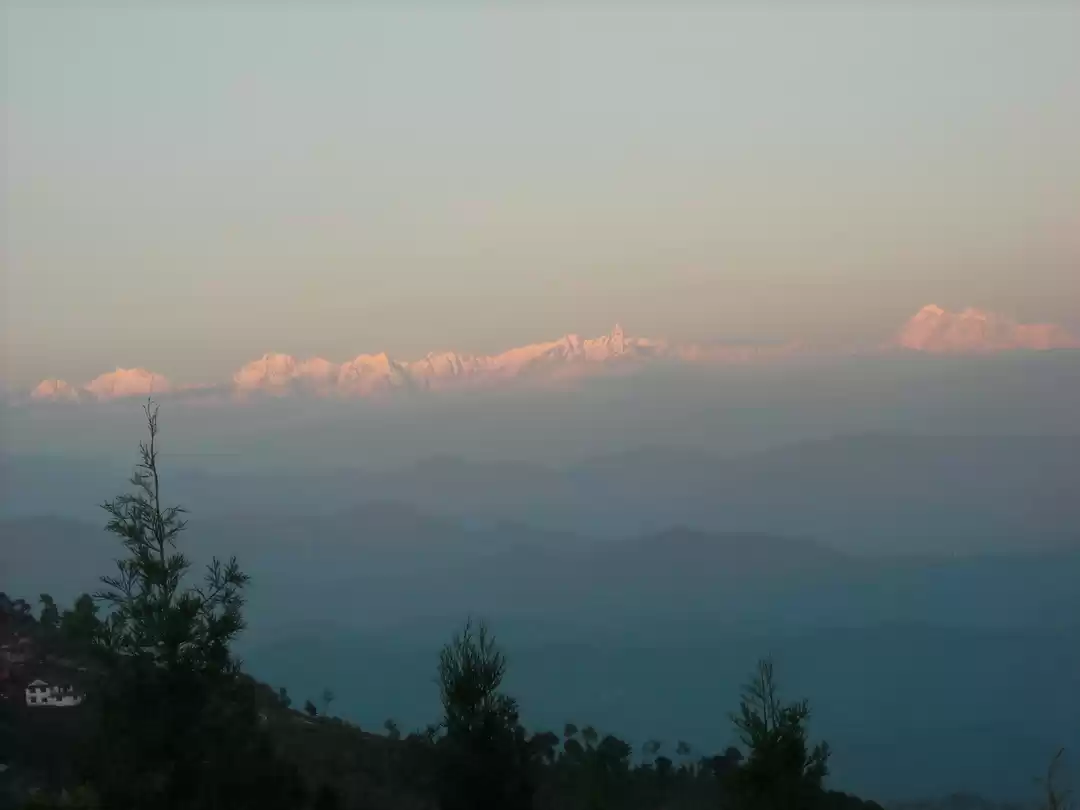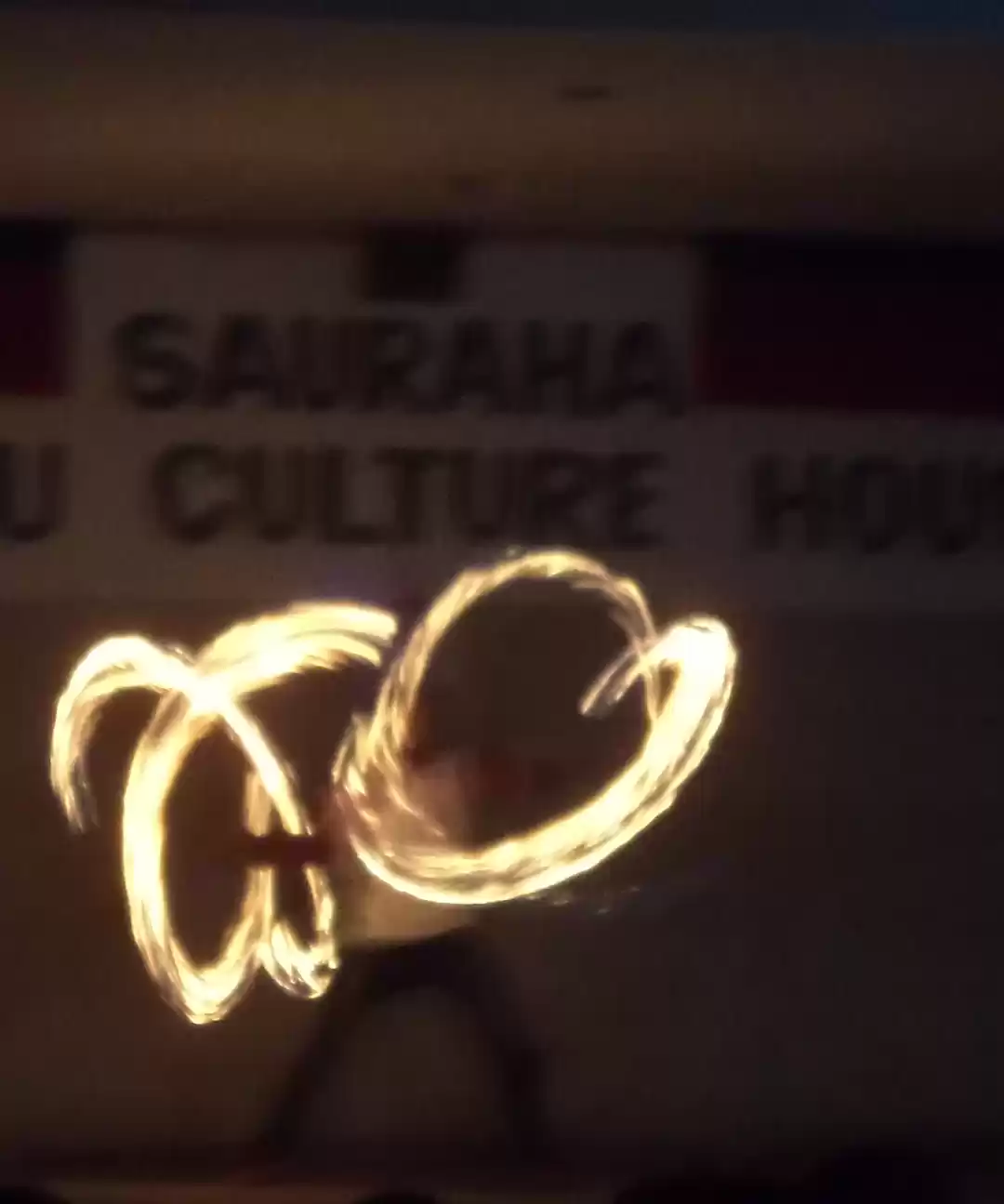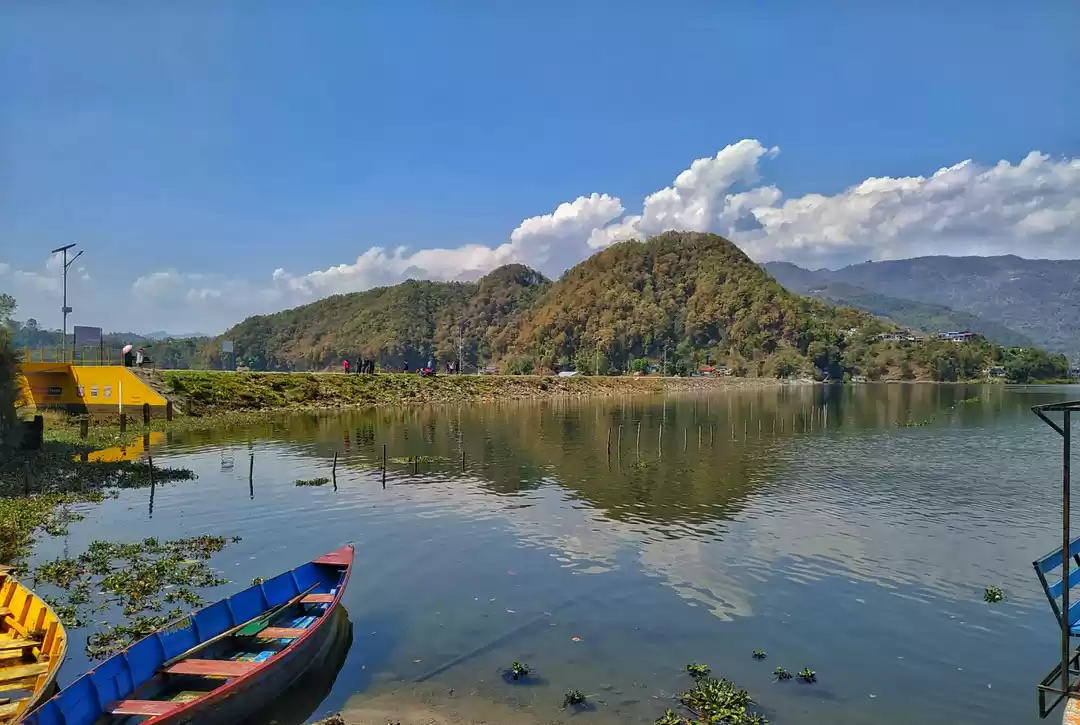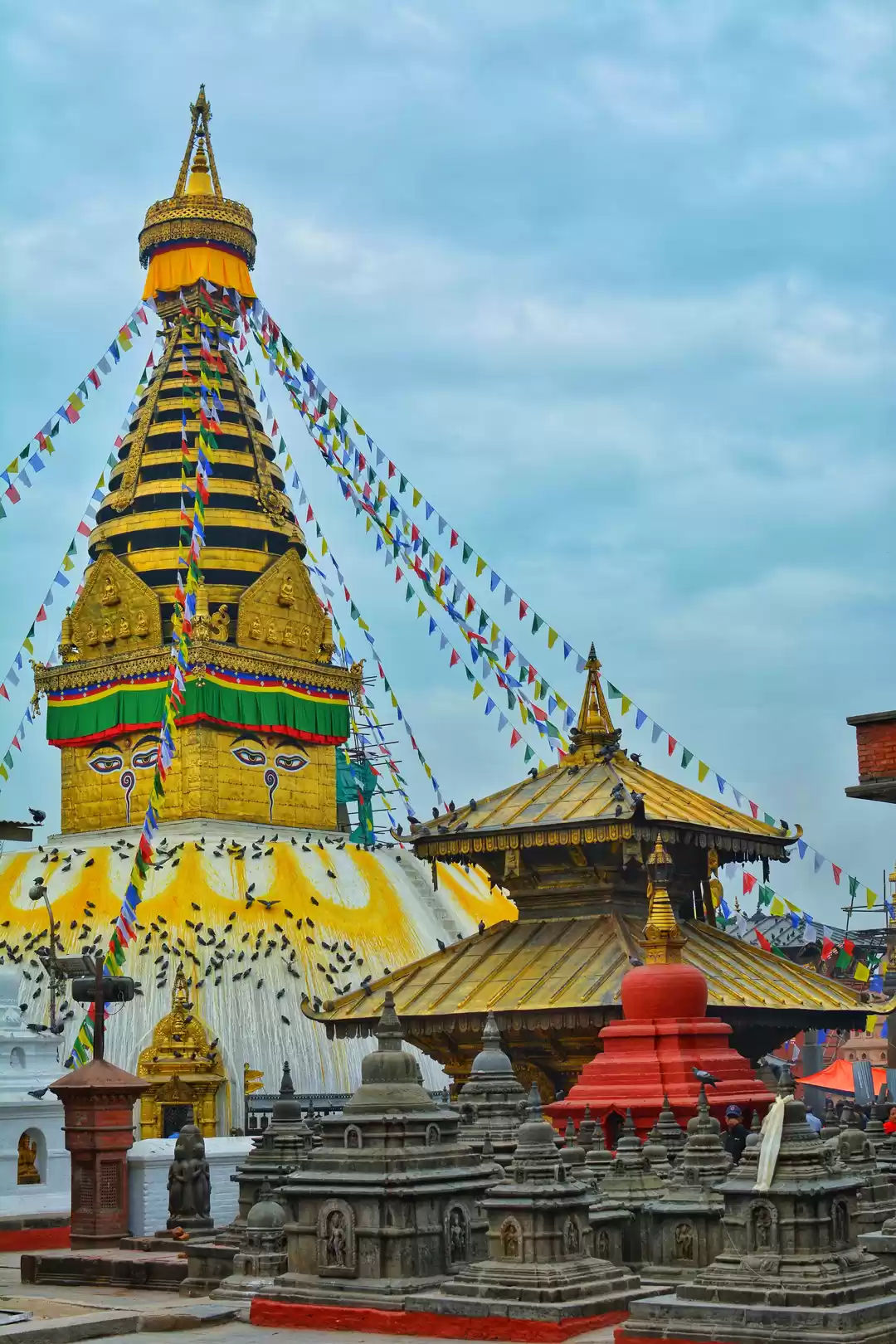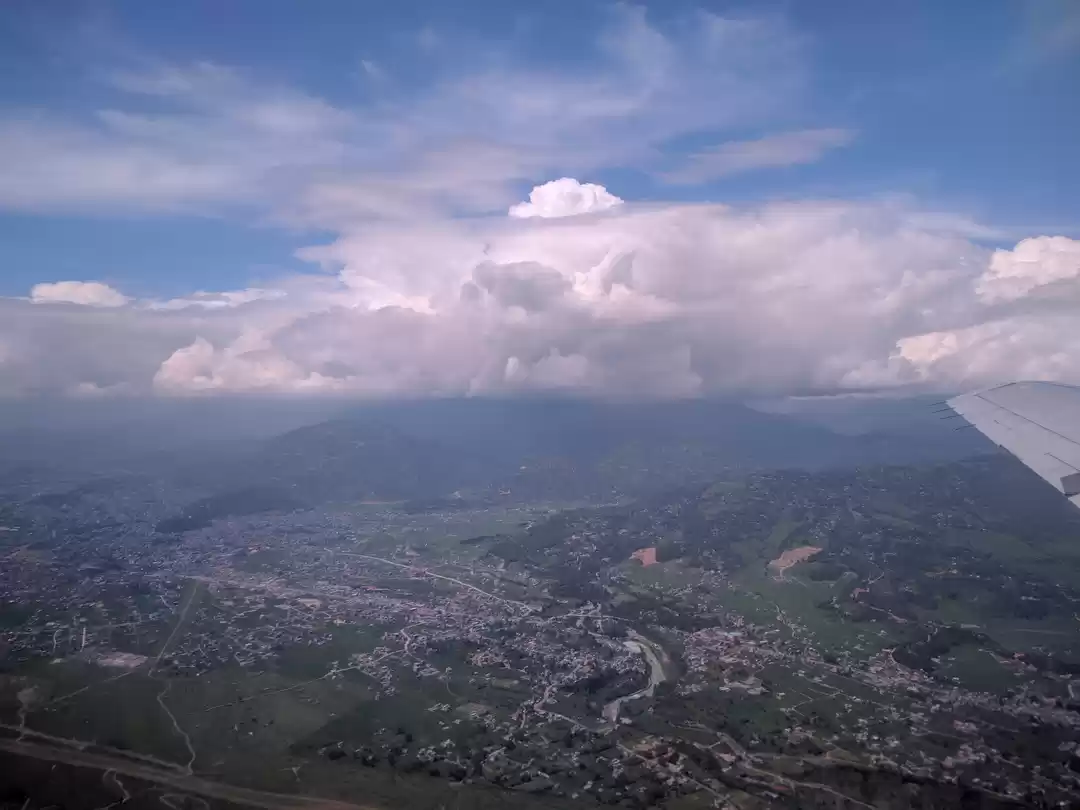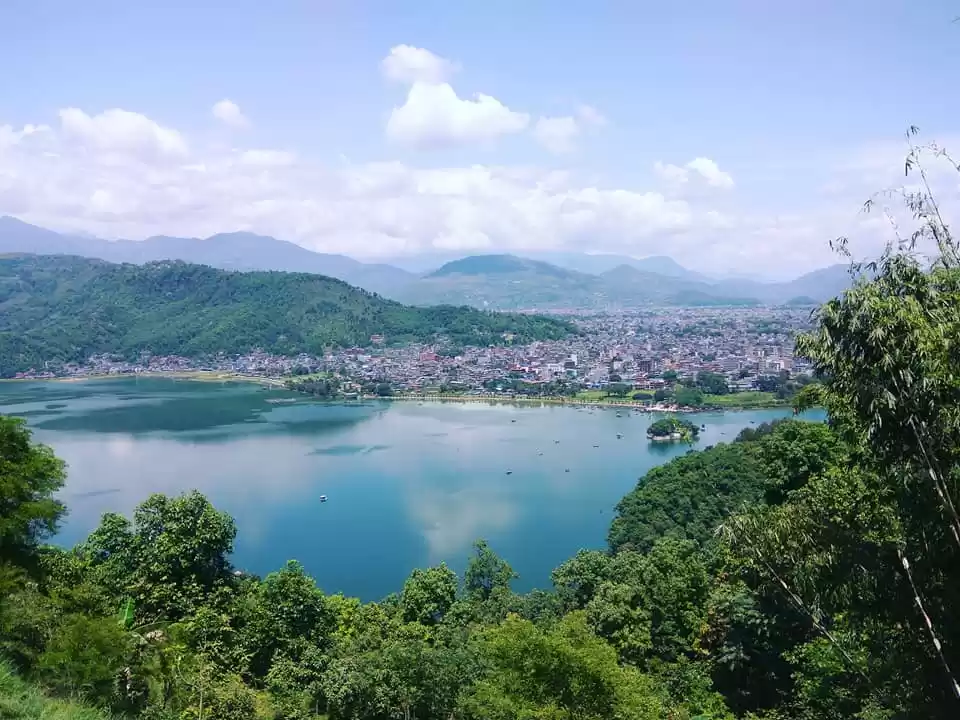
Nepal happened out of the blue! I was hungry for another country (after my visit to Bhutan last year), and Nepal just happened to be the easiest option available from my hometown, Kolkata.
In fact, Nepal does not even feel like a different country. No passport or visa is required to visit the country from India. The roads are as polluted, ill-maintained, and filthy (especially the ones leading from Raxaul to Chitwan) as the ones in India. The cities are as congested as their counterparts in India. Even the language is similar to Hindi. It feels like any random North Indian city, especially like the ones where one finds a lot of temples.
I was part of a group (of 10) that left Howrah via Mithila Express one fine afternoon and reached Raxaul (close to the Bihar-Nepal border) the next morning. The journey to Raxaul was not too difficult. What made me cringe were the roads in Raxaul, Birgunj, and everywhere else in Nepal. In fact, I felt we should have carried our own anti-pollution masks, as the roads were badly polluted and made breathing difficult.
We reached Chitwan in the evening and found it surprisingly hot. For a person who is used to the stifling humidity of Kolkata in the summers, I was expecting Chitwan to be a bit cooler. It was not.
The next day began with an early morning jeep safari. The hour-long safari was rather enjoyable, although we hardly spotted any animals, apart from the usual crop of birds, deer, wild boars, and monkeys. We visited a lake within the forest for some quick photos.
The safari ended with some interesting sightings, including one involving a rhino in the middle of a waterhole and another involving some alligators.
After a sumptuous lunch at our hotel (which also unfortunately had some of the most ill-mannered and abusive staff I have ever seen in my life), we left for our next destination: Pokhara. We reached Pokhara that evening and were thankful because the weather had turned cooler. The roads to Pokhara too were a welcome change, with the paths flanked by greenery.
Our day in Pokhara began with a visit to the Bindhyabasini Temple. Perched on a hill, the temple offered great views of the surrounding landscape and the Annapurna range. We spotted a newlywed Nepali couple, who were, fortunately, happy to be clicked.
Our next destination was the Mahendra Cave, which was reminiscent of the caves of Meghalaya, with the exception of the religious quotient attached to it. The limestone cave is easy to explore and has a Shiva statue deep inside (with a priest eager to apply "tikas" on your forehead).
We then visited the Devi's falls- an underground waterfall. The famed Bat Cave was a disappointment, with most of us going halfway through and getting back, as climbing down the moss-covered steps to the cave (and back) to spot some bats did not seem worth the effort
What left us in awe was the milky white Seti Gandaki river (which is supposed to be a holy river of Nepal). The waters (and all of it, right from its very source, or whatever was visible) appeared to be white (probably due to a peculiar concoction of minerals, or, as the locals claim, due to it being holy).
As the day progressed, the temperatures soared. It was difficult to move around in the sun and we proceeded towards our hotel for lunch, leaving the famed Phewa Lake for a late afternoon visit.
The rain gods seemed quite angry with us, as soon after lunch, it started pouring. The thunderstorm that followed (for about half an hour or so) could have given our local Bengali "kalbaishakhi" quite a competition. Though we loved watching the rains from our hotel balcony, the thought that we would probably have to give Phewa Lake a miss was rather dampening.
However, just as the rains turned to a drizzle, we rushed to Phewa Lake, as nobody was in the mood to lose the opportunity to experience the "Dal Lake vibes" of Phewa Lake. The awe-inspiring view at the lake, coupled with the sunset and the light drizzle, was heavenly!
Thus, Pokhara was made all the more lovely by the rains!
We left Pokhara early next morning. Our destination was Kathmandu- the capital of Nepal. However, we visited the Manakamana Temple on the way. The temple, which houses Goddess Bhagwati, is located high up in the mountains and is accessible by cable cars, which were a bit costly at the first glance, at 500 INC per person. However, after experiencing the breathtaking views of the green-bathed mountains and the Trishuli river below, from the cable car (on the ride to the temple and back), I felt it was totally worth it!
The temple itself was a few steps away from the cable car drop-off point. The temple complex was chaotic, filthy, and ill-managed, to say the least. We witnessed a long queue for the puja, with people lining up accompanied by goats and roosters (which unfortunately were supposed to be sacrificed to the goddess, in exchange of the fulfillment of their wishes, or "manakamana"). None of us joined the queue, as the heat and the chaos made us all a bit nauseous. With me being the least religious of all, we sprinted back to the cable car pick-up point as quickly as possible.
The ride back was a treat and a welcome relief from the heat. We had a quick lunch while relishing the view of the gurgling Trishuli river and rafts carrying adventure-loving tourists.
After lunch, we headed towards Kathmandu- the abode of Lord Pashupatinath.
Kathmandu and Pashupatinath are synonymous in many ways . It is said that a journey to Nepal is incomplete without a visit to the temple of Lord Pashupatinath. Surprisingly, while the goddess at Manakamana grants wishes when one sacrifices an animal or a bird at the temple, Lord Pashupatinath (or the Lord of the animals) does not seem to encourage animal sacrifice of any kind. In fact, it is considered a sin to carry leather bags, cameras, and leather belts inside the main temple complex. The main temple is a treat for the senses. Much cleaner than the Manakamana temple, the Pashupatinath temple was also relatively empty. The pagoda-shaped temple has a huge statue of a bull right in front of it. I got a glimpse of the deity without much difficulty. Unfortunately, I could not capture the beautiful temple in my clicks, as cameras (even mobile phone cameras) are banned inside.
The rather peaceful visit to Pashupatinath was followed by a quick lunch and a visit to the Durbar Square (Bhaktapur) in the evening. Bhaktapur is one of the three major royal palace compounds of Nepal and was badly damaged in the 2015 earthquake. However, the resilience of the Nepali people and the funds, predominantly from India, China, Korea, and Japan, made sure many of the buildings in the complex were rebuilt. In fact, much of the complex is still under construction.
A great place for clicking photos and spending a laid-back evening, gossiping over coffee, Durbar Square is also the right place for some serious souvenir-shopping. While the sprawling compound of the temple-facing restaurant (full of youngsters) reminded me of the legendary "quadrangle" of my alma, Presidency, our gentle guide, Mr. Ajit Thapa, turned out to be an encyclopedia of sorts. He guided us through the main compound, the wooden palace (where cameras and leather goods are banned), and several other temples and buildings at the square.
That evening, it was a treat to find the only visible Bengali shop of Kathmandu, "Komol dar dokan". Spoke to his son and learned they had migrated to Nepal from Jalpaiguri (for some unknown reason), years back.
The streets of Kathmandu welcomed us with souvenirs of all kinds. From beautifully carved Pashupatinath miniatures (at just 200 bucks) to magnets, everything seemed affordable near the temple.
The souvenirs became a little costlier near Boudhanath. One of the most prominent Buddhist stupas of Nepal, Boudhanath was also reconstructed after the deadly 2015 earthquake. The main stupa, adorned with the traditional Buddha eyes, is a treat. The markets around the stupa were bustling with activity.
The next prominent stupa was the one at Swayambhunath. The 10-minute climb up the stairs to the stupa ends with a bird's eye-view of Kathmandu from the top. Again, we found many temples being reconstructed at the main site.
Our day ended with a visit to the reclining Vishnu at Bura Nilkanth. The funny bit was while cameras are banned inside, one can easily click photos of the main deity from an uncovered (and unfenced) area just outside the main compound.
Our trip to Nepal ended with this, and we took a long bus ride back to Raxaul from Kathmandu (spanning a day). The heat while returning to Raxaul got on our nerves. We almost reached Raxaul for the night halt when we learned that due to elections, the border was sealed for buses, while tongas were being allowed. Thus, a 10-minute bumpy tonga ride through the Nepal gate took us to our hotel in Raxaul. We left for Kolkata the following day, but richer with experiences and memories of our short but eventful trip to this beautiful country.
Fun Facts about Nepal:
1) Nepal is one of the few countries that make Indians feel rich, as 1 Indian Rupee = 1.6 Nepali Rupee
2) Found a lot of language training institutes when our bus crossed Thamel. While the streets were teeming with invitations to study Korean, Chinese, and Japanese and migrate to the respective countries, there wasn't a single ad that spoke about migrating to India (though Nepal's workforce is heavily dependent on India).
Frequent Searches Leading To This Page:-
Raxaul to nepal tour package, nepal tour itinerary from raxaul, nepal government tourism packages, tour and travels agency in bagdogra

